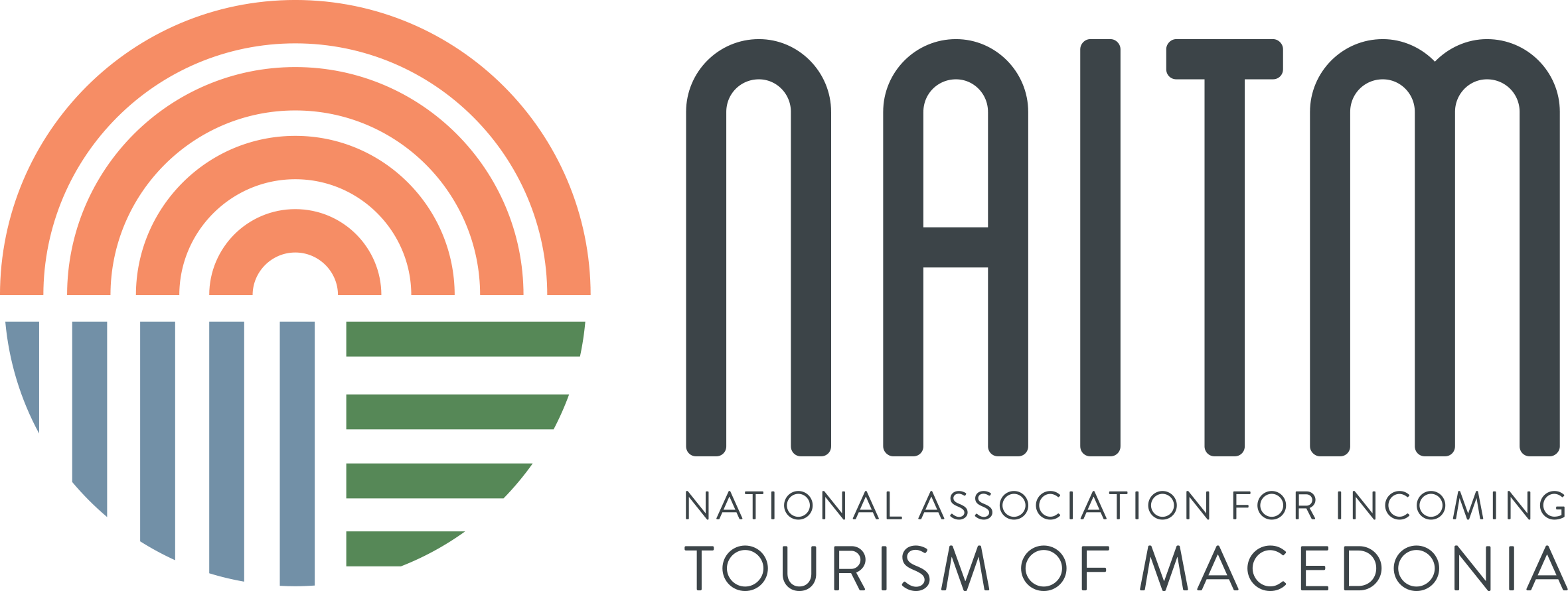History: after the fall of the Roman Empire the regions of the Dinaric Alps were populated by Slav tribes called the Zepe (VII century). During the X century, these tribes accepted Christianity, but with King Kulin (1180-1204) became Bogomils. In the following years, the strong tensions caused by the Bogomils led to the disintegration of the kingdom allowing the conquest by Hungary in 1254. The Hungarians divided the territory into Upper Bosnia and Lower Bosnia. In 1377 Stevan Tvrtko took control of the region as far the Adriatic coast becoming King of Bosnia, Dalmatia and Croatia. With Tvrtko’s death the kingdom ended rapdly: Dalmatia fell under the control of Venice, while Bosnia was invaded by the Turks who killed the last Bosnian King Stefan Tomašević in 1463. Ottoman rule was a period characterized by a violent persecution of Christians both by the Turks and Bogomils. The territory was divided into sanjak (districts) each one administered by the Turkish authorties (Valì) and by the noble Bogomils (Bey) who had absolute power over the population. The Treaty of St. Stefan annexed the whole region to the Austrian Empire until WWI. Thanks to the Yugoslav Federation the postwar era was characterized by great economic and cultural growth which reached its zenith with the Sarajevo’s Winter Olimpic Games in 1984. Although there was stiff opposition from the Serbian-Bosnian people, a referendum voted for independence from Serbia in January 1992. Two months later the Serbian comunity of Bosnia founded the Serbian Republic of Bosnia. After a few days the Serbian troops began to take control of the strategic points of the country. Only Sarajevo and Mostar remained under the control of the Bosnian troops. Both these cities were under siege during the following years. The atrocities carried out by the Bosnians and by the Serbians such as those in the village of Kravica (1992) and in the village of Srebrenica (1995) led the USA to force the belligerents to end the war. In November 1995, the situation was normalized by the Treaty of Dayton (Ohio). In 1996, the Muslim Izetbegović was elected as president of the Republic of Bosnia and Herzegovina.



